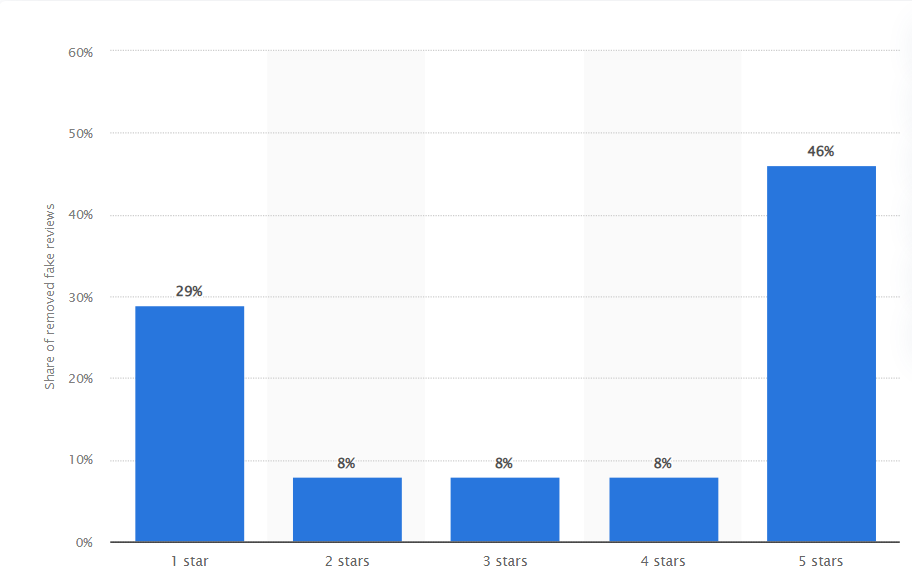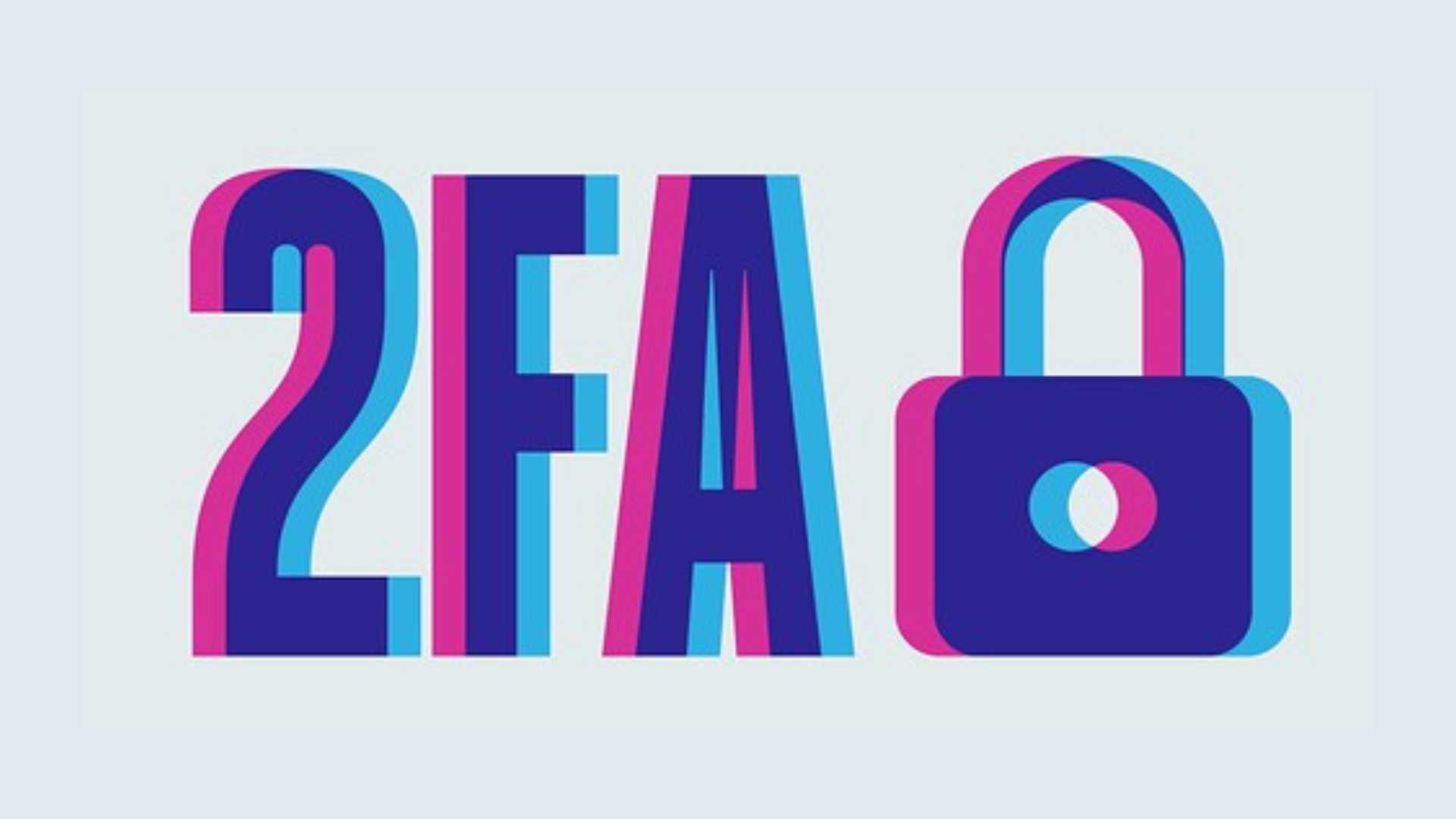When buying online, consumers turn to other people’s opinions to guide their decision-making. In fact, according to TrustPilot, over 89% of internet consumers check previous buyers’ reviews before making a purchase [1]. However, with an increase in fake reviews, it’s becoming harder to trust the accuracy of online feedback. As a result, buyers may be misled into purchasing products that do not meet their expectations based on the false reviews they read.
In this article, we’ll examine the extent of the fake reviews problem and provide tips on how to identify and report them.
Key statistics about fake reviews
Over 233 million fake reviews were published on Amazon alone between 1996 and 2018. [2]
A survey of e-merchants revealed that 44% of them faced “verifying customer identity” as the main challenge in their business in 2021.
 Figure: Major online fraud issues reported by e-merchants in the U.S. in 2021 [Statista]
Figure: Major online fraud issues reported by e-merchants in the U.S. in 2021 [Statista]According to a survey by Trustpilot, on average, users lose about $125 per year due to fake reviews [1].
The 2021 global report also indicated that, of the 2.7 million fake online reviews that were detected and removed, 46% were five-star reviews and almost a third were one-star reviews, showcasing the skewed nature of fake reviews, whether they’re overly positive or negative.
 Figure: Share of global fake online reviews removed in 2021, arranged by star rating [Statista]
Figure: Share of global fake online reviews removed in 2021, arranged by star rating [Statista]Who creates fake reviews and why?
Businesses and individuals may write fake reviews for their own products and services with the intention of making them appear more appealing to potential buyers. They may also use fake reviews to harm the reputation of their competitors. These fake reviews can be written by the business or individual themselves or by using third-party services.
How to spot a fake review
A fake review can look and read just like a real one, making it hard for consumers to distinguish between the two. Here are some ways to spot a fake review:
- Look for patterns: One of the easiest ways to spot fake reviews is to look for patterns. Look for repeated language, identical tone, or a large number of reviews posted within a short time frame.
- Check the reviewer’s history: Check if the reviewer has a history of leaving reviews, and if they only have one or two, they may be fake.
- Verify purchases: Look for verification indicators on websites such as Amazon, which indicate whether a review was written by a verified purchaser. Usually, a fake review writer does not spend their money to purchase a product before writing the review.
- Check for specific details: Be wary of reviews that are too general or vague.
- Watch for inconsistent information: Inconsistent information such as different product names or company names may indicate a fake review.
- Look for outlier reviews: Be cautious of extremely positive or negative reviews compared to other reviews of the same product. Outliers may be fake or biased.
In order to avoid being duped by fake reviews, consumers can take a number of steps.
- Look for reviews from multiple sources, not just one website or platform, e.g., Amazon, Ebay, Walmart, BstBuy, etc. This will give you a more well-rounded view of the product and its quality.
- Search the product or the company online to see what others are saying about it. These could be independent companies posting expert reviews or rankings of consumer products, e.g. household appliances or electronic items.
- Consumers should look for reviews from trusted sources, such as verified customers or well-known websites [4].
Report fake reviews:
If you come across a fake review, it is important to take action to help protect other consumers from being misled.
To report a fake review, follow these steps:
- Look for the report button: Most online platforms have a reporting system in place to help users identify and flag fake reviews. Usually, you can find the reporting button next to the review, labeled as “Report” or “Flag as inappropriate.”
- Provide details: Once you have found the report button, follow the prompts to provide the necessary details about the fake review. This may include information about why you believe the review is fake, as well as any supporting evidence that you have.
- Submit the report: After you have provided the details, submit the report to the platform. They will then review the report and take appropriate action, which may include removing the fake review and taking action against the individual or company responsible for posting it.
In addition to reporting the fake review to the platform, you can also report it to the Federal Trade Commission (FTC) by visiting their website at reportfraud.ftc.gov and filling out their online form [5].
It is important to keep in mind that detecting fake reviews can be challenging, but paying attention to warning signs and using multiple sources to gather information will decrease the risk of falling for deceitful reviews.
Eydle scam protection platform
With the increasing threat of scammers and impersonators, it is crucial to take proactive measures to protect your personal or business reputation. Eydle’s platform is designed to give you complete control over your digital identity.
The platform uses advanced AI technology to detect and neutralize online threats, ensuring your business’s online presence remains safe and secure. From monitoring your social media accounts to blocking phishing attacks, we’ve got you covered.
Contact us at [email protected] or visit www.eydle.com to learn more.
References:
[2] Jianmo Lee et al., Justifying Recommendations using Distantly-Labeled Reviews and Fined-Grained Aspects, Empirical Methods in Natural Language Processing (EMNLP) 2019, https://researchit.wharton.upenn.edu/data/amazon-user-review-database/
[3] https://www.reviewtrackers.com/blog/fake-reviews/
[5] https://consumer.ftc.gov/articles/how-report-suspicious-online-reviews
Beware of False Praise: How Fake Reviews are Duping Consumers was originally published in Eydle on Medium, where people are continuing the conversation by highlighting and responding to this story.




